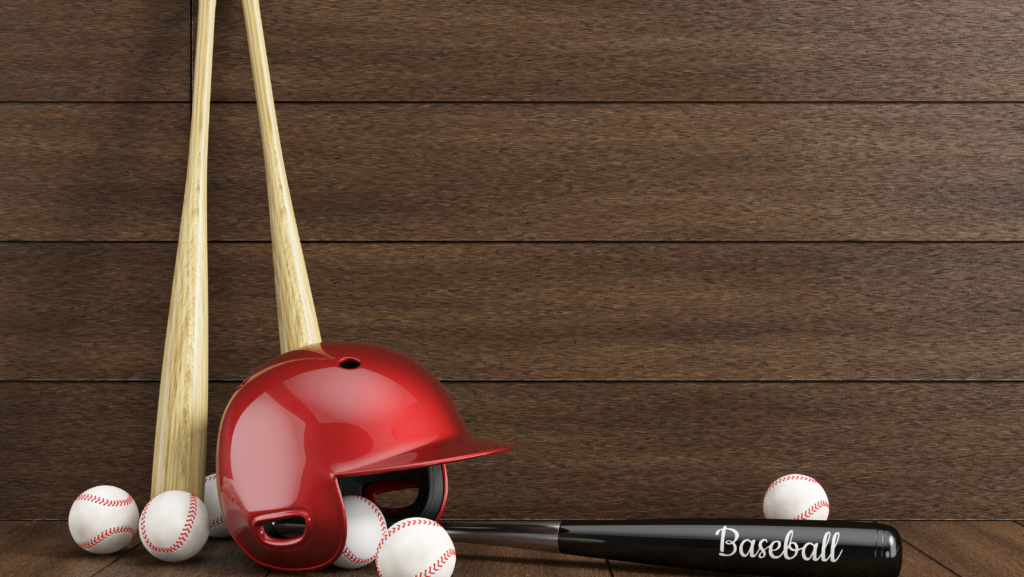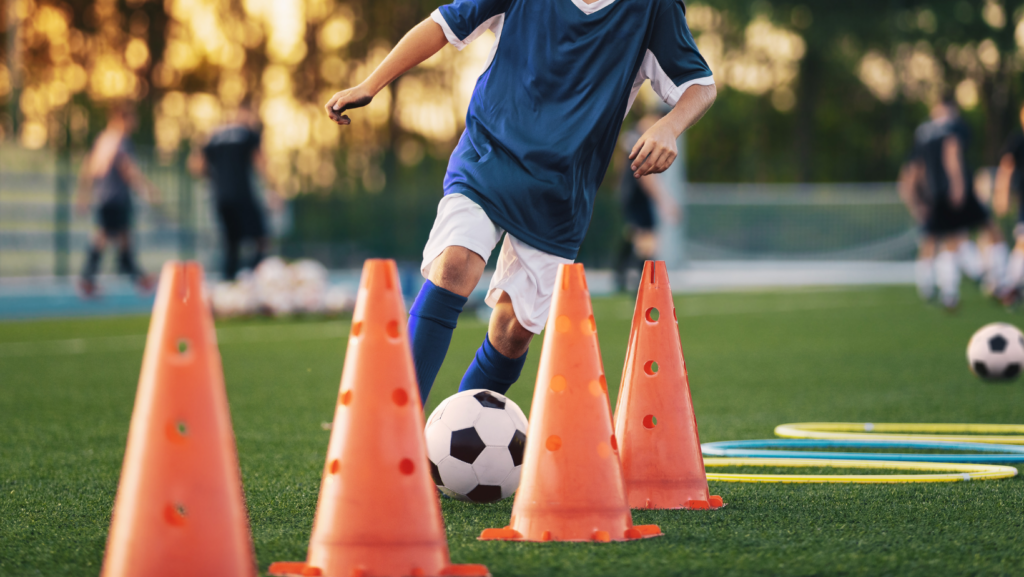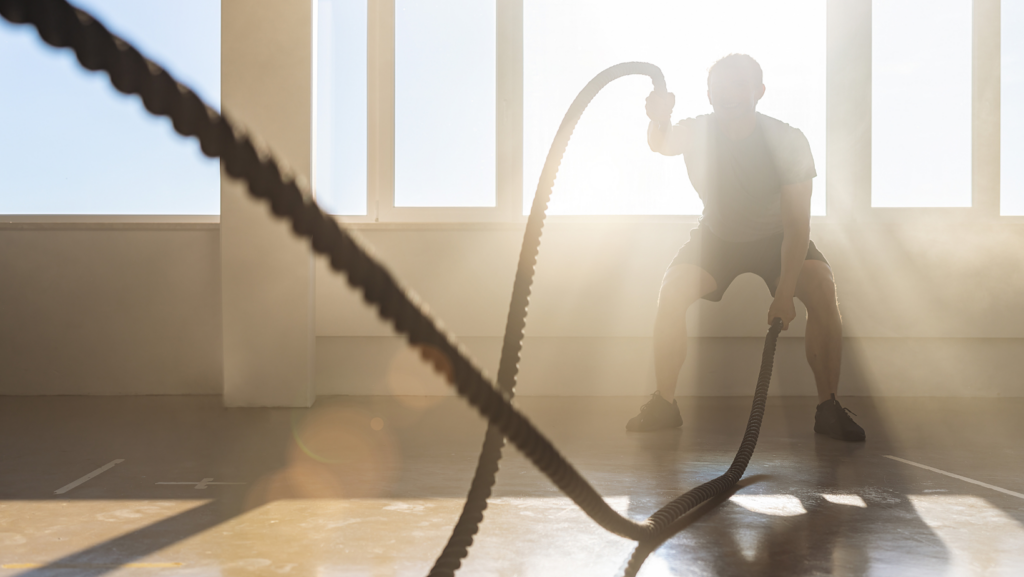Baseball, often dubbed America’s pastime, holds a special place in the hearts of many young athletes dreaming of hitting home runs or making game-winning catches. As youth players step onto the field, the right training equipment becomes essential for honing their skills and boosting their confidence. With a myriad of options available, choosing the best gear can be daunting for parents and coaches alike.
From batting tees to pitching machines, the market offers a variety of tools designed to improve every aspect of a young player’s game. The right equipment not only enhances performance but also instills a love for the sport by making practice sessions more engaging and effective. Understanding which tools are most beneficial can make a significant difference in a child’s development and enjoyment of baseball.
This article explores the best baseball training equipment for youth, focusing on essential items that foster skill growth and ensure a rewarding experience on the diamond.
Best Baseball Training Equipment for Youth
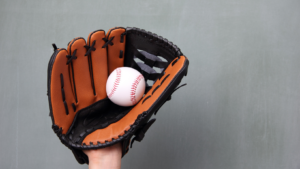
Best baseball training equipment for youth plays a crucial role in developing young players’ skills. It ensures that they practice effectively, honing their abilities with tools designed specifically for their age and level. Quality gear prevents injury by providing appropriate protection and support during practice. For example, helmets and protective gloves offer safety while batting and catching.
Consistency in training becomes achievable with the right equipment, enabling players to focus on technique. Tools such as batting tees and pitching nets improve accuracy and timing, allowing personalized skill enhancement. With these aids, young athletes can better analyze their performances and identify areas for improvement.
Top Baseball Training Equipment For Youth
Selecting the right equipment is essential to nurture young baseball talent. High-quality gear enhances skill development and protects players during practice.
Baseball Gloves
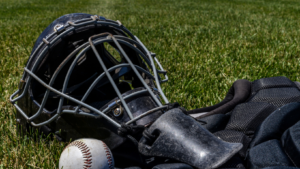
Baseball gloves are vital for young players. They provide the grip and protection needed for catching balls. The size matters; an 8-10 inch glove suits kids aged 6 to 10. Gloves made from durable leather ensure longevity. Comfort and flexibility in gloves help players form a natural grip.
Batting Helmets
Safety counts in youth sports. Batting helmets protect against head injuries. Look for helmets with an interior padding system and a robust outer shell. Ventilation holes aid comfort during long practice sessions. Helmets must be NOCSAE certified for assured safety standards.
Training Bats
Training bats foster batting skills. Lightweight aluminum or composite bats help young players improve swing tempo. Seek bats with a balanced feel and proper length-to-weight ratio. A 26-28 inch bat fits most players aged 8-12, enhancing control and technique.
Tee Ball Sets
Tee ball sets introduce beginners to hitting mechanics. Adjustable height tees accommodate different player sizes. Durable rubber tees withstand repeated use. Easily transportable sets make practice accessible anywhere, reinforcing hand-eye coordination.
Pitching Machines
Pitching machines boost hitting skills by offering consistent pitches. Machines with adjustable speed settings cater to varying skill levels. Lightweight and portable models provide setup flexibility. Pitching machines simulate game-like conditions, improving timing and precision.
Safety And Maintenance Tips
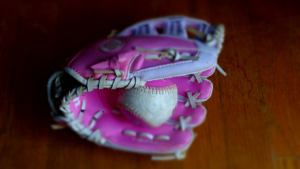
Ensuring safety and proper maintenance of the best baseball training equipment for youth is crucial for longevity and performance. Regularly inspecting gear like bats, gloves, and helmets helps identify wear and tear that could cause injuries. Helmets should always fit snugly and have intact padding, preventing head injuries. Check batting gloves for tears and replace them when they lose grip.
Maintaining equipment extends its usable life. Clean gear, such as bats and helmets, after each use to remove dirt and residue. For gloves, use leather conditioner to keep them supple and store them in a cool, dry place. Pitching machines require periodic checks on mechanisms and battery life to ensure consistent performance.
Consider safe storage practices for training equipment. Keeping bats, helmets, and gloves in a dry location prevents damage from moisture or excessive heat. Hanging or placing gear in organized storage prevents unintentional damage and makes it easier to access for practice sessions. Emphasizing these safety and maintenance practices safeguards the equipment and the young athletes using it.

